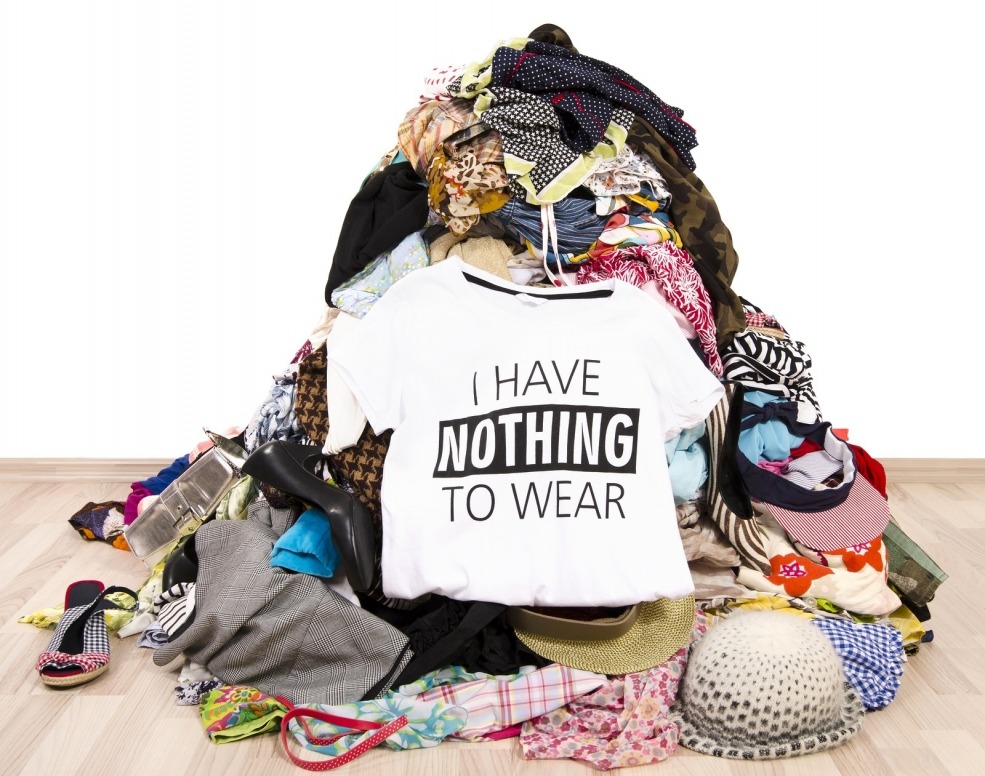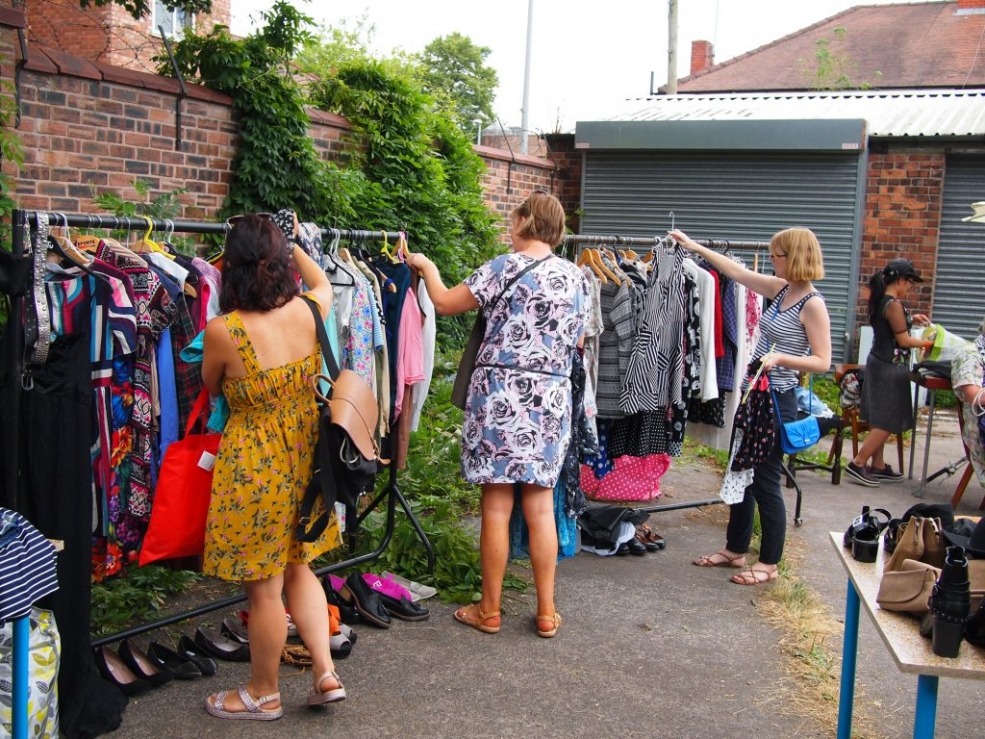Generation Z is at the forefront of the sustainable fashion revolution with a new clothes swapping trend known as ‘Swishing.’
By now, I’m sure you’re well aware that fast fashion is vastly contributing to the terrifying and rapid effects of climate change, accounting for over 10% of all global carbon emissions. As people become increasingly conscious of the need to make drastic changes to their consumer habits, they continue to come up with new ways of tackling the industry’s sustainability problem.
The fur trade has seen a significant decline within fashion, and major brands such as Gucci and Chanel have received universal praise for signing last year’s Fashion Pact. In January, Joaquin Phoenix publicly committed to wearing the same Stella McCartney tuxedo throughout the film awards season. And we’ve even started renting garments for special occasions instead of buying new ones because, realistically, most of us will only wear them once before storing it in the depths of our endless wardrobes (am I wrong?).
Well now, Gen Z – arguably the most forward-thinking and eco-friendly age group of our current population – is spearheading the ‘Swishing’ movement which, no, isn’t some sort of dance move on TikTok, but a shopping trend that doesn’t harm the planet.

Have you ever tried on ten different outfits before frustratingly exclaiming ‘I’ve got nothing to wear!’ (we’ve all been there, trust me) and refusing to leave the house as a result? Or scrolled through Instagram fawning over your favourite style icons wishing you could dress like them? Well, as the old saying goes, ‘one person’s rubbish is another person’s treasure,’ and that’s exactly the idea behind Swishing, which lets you conduct a sartorial overhaul that isn’t going to cost you, or the environment.
Slowly developing into a global phenomenon, all you have to do is take something you no longer wear to a Swishing event such as Swapsies, ‘a fully-fledged social movement promoting waste reduction in the industry,’ and exchange it for something else. It’s that simple. While there are different rules at each one, the general consensus is that you receive a single token for each item that’s in good condition which you can then hand in later for some fresh pieces.




















